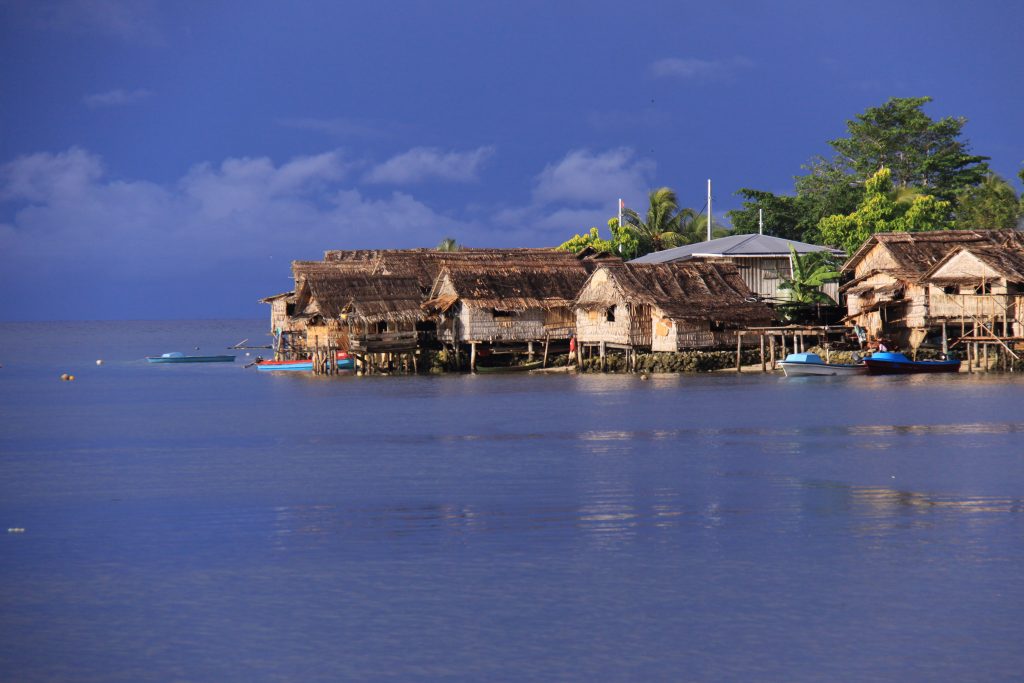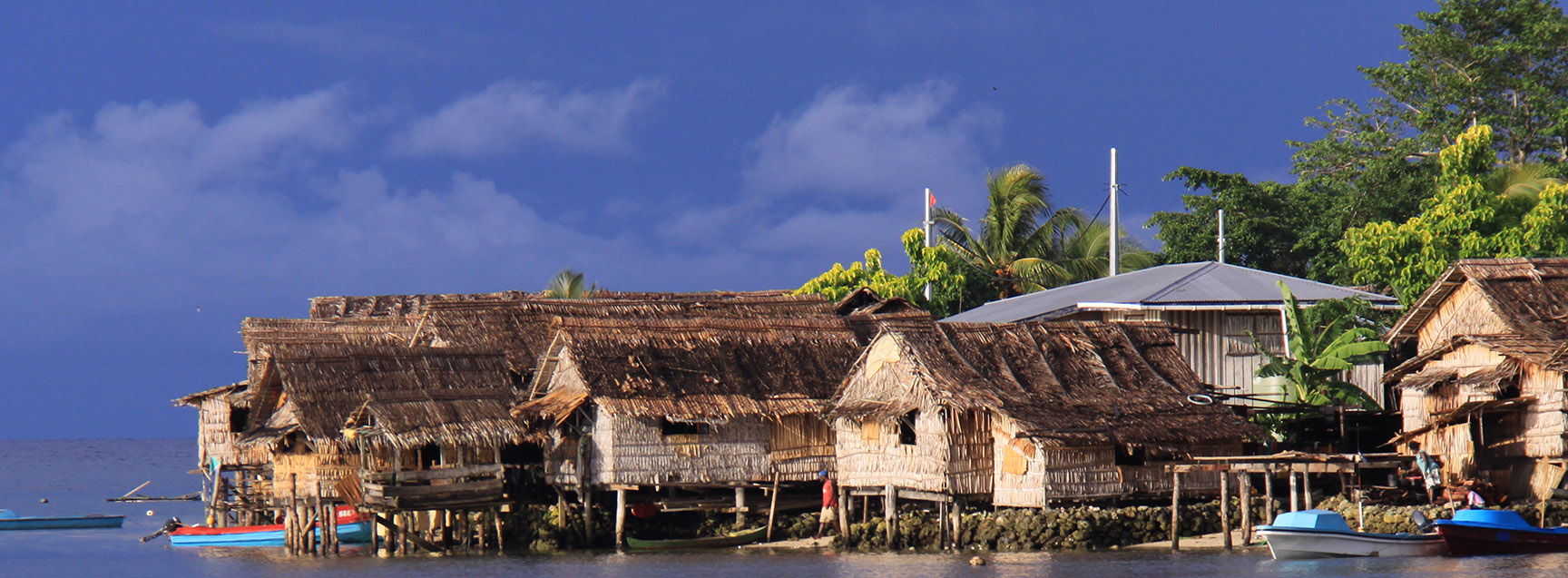US Development Preferences as seen by Solomon Islanders

US engagement in the Solomon Islands is off to a slow start. The US embassy officially, but quietly, opened in late January 27, 2023. A larger celebration is planned for later this month when a senior level US government delegation visits. In the meantime, new programs have been implemented, while modest and perhaps limited geographically, to serve as early evidence of the US reengaging in the country. With these new programs the US must be careful not to appear as though it is putting too much emphasis on countering China as it could hurt US public relations with the country. It might be time to layer on top of the current US development programs new partnerships that focus on what the people of Solomon Islands want. Knowing where to start is the US’s biggest challenge.
An informal survey using FaceBook was conducted recently and has resulted in some expected but also some sobering results. Members of a closed Solomon Islands group were asked the question:
What would be the most beneficial development program the US and other development partners could provide to the people of Solomon Islands?
This type of survey is far from a rigorous scientific one. There are certainly issues of bias: in particular responder bias and selection bias. But the open-ended question allowed for granular responses that have value in shining a first light on what is important to people living in Solomon Islands and how the US is perceived by them. The responses below have been categorized into seven broad areas.
Twenty-six percent of respondents saw the US as exercising negative hegemonic behavior toward Solomon Islands. This included concerns of dragging Solomon Islands into war, the US wanting to build a military base in Solomon Islands and the US only being there out of concern for countering China. This perception of the US is not unexpected. Shortly after the security agreement between Prime Minister Sogavare and China was signed US Navy Pacific Partnership arrived with large numbers of US military visible throughout Honiara. While their focus was on humanitarian preparedness exchanges with the country, the military visibility might have contributed to some voiced concerns. The current embassy roll out and return to Solomon Islands has been a bit lack luster and clearly appears focused on monitoring China. High level meetings have avoided conversations with every day Solomon Islanders in favor of putting pressure on the government.
Twenty-one percent of respondents want to see the US expand existing programs such as MCC and SCALE into other provinces. Half of those respondents wanted all US development programs to be heavily decentralized out to the provinces where 80% of Solomon Islanders live. SCALE is a USAID forest and agriculture development grant program that awarded US million over 5 years to Malaita in December 2022. According to one of the contractors assisting in setting up SCALE’s components “the hard work is done and expanding it to other provinces such as the Western Province, Choiseul or Makira could easily be accomplished.” The MCC threshold grant of USmillion the first ever awarded to the Solomon Islands Government aims to encourage sustainable development and alleviate poverty through two project components, the Forest Value Enhancement Project (FoVEP) and the Accessing Land for Tourism Investment Facilitation (ALTIF) Project. Where these development projects will start is not yet known.
Eighteen percent of respondents want to see increased people to people exchanges in the form of education partnerships with US universities that focus on STEM, medicine, oceanography and climate change. Responses also included support for obtaining US work visa permits, and allowing Solomon Islanders to serve in the US military. Fulbright Foreign Student programs are rarely awarded to students from the Solomon Islands. This may change with the establishment of the embassy in Honiara, as embassies promote and support Fulbright Scholarships. There is great interest in cultivating direct exchanges between US universities and Solomon Islands National University (SINU) as well as in developing post medical graduate training in US academic medical centers for doctors as well as nurses. Both of these can easily be established and implemented.
Thirteen percent of respondents want the US to support economic development in Solomon Islands through promotion of US manufacturing in country and expanding Solomon Islands exports to the US. At present just 0.63% of Solomon Islands exports go to the US. China is the largest recipient of their products and natural resources.
Ten percent of respondents want to see the US support infrastructure development in particular roads, bridges, the gold refinery and clinics as well as hospital infrastructure. While Japan and China are currently providing the largest infrastructure development assistance there are many opportunities for the US to get involved. Hospitals, schools, wharfs and ports throughout the country need repairs and upgrades.
Eight percent of respondents want to see the US commit to clearing unexploded ordinances (UXO) in order to allow for safety and development. This is a significant problem in Honiara as it was where most of the Guadalcanal Campaign battles were fought and ordinances left behind. People have been maimed and killed by inadvertently encountering them. UXOs also contribute toward environmental degradation when harvested for blast reef fishing. In January 2023 the US committed million toward locating and documenting unexploded ordnance left behind by American and Japanese forces 80 years ago. Experts on clearing UXOs say a comprehensive program is needed and the current funding offered may be far from comprehensive in cleaning up a mess Solomon Islanders did not make.
Five percent of respondents want to see the US support health capacity building, in particular primary care with a focus on community health along with strengthening of provincial health clinics. When The Ministry of Health and Medical Services released its National Health Strategic Plan 2022-2031 (NHSP) in November, 2022 Dr. Culwick Togamana called for assistance in implementing the plan through “strong partnerships with multilateral and bilateral development partners and technical agencies.” This is one area where the US should contribute. In addition to what is outlined in the NHSP, support for health capacity building can also include medical education exchanges and partnerships, and support for “off island” specialized care by resurrecting the now defunct “10 bed Arrangement.” That arrangement allowed for patients with medical conditions that can not be provided for in Solomon Islands to be referred to St. Vincent’s Hospital in Sydney, Australia. One example of where “off island” care is needed is the evaluation and treatment of children with pediatric congenital cardiac conditions.
This survey is by no means a definitive cataloging of what the people of Solomon Islands want from renewed US relations. What it does offer US policy makers is some food for thought. The findings are so interesting that a more formal mixed methods research project similar to Tess Newton Cain’s Pacific Perspectives on the World will follow. This type of information is invaluable in filling in the gaps in US foreign policy and development programs in the Pacific Islands, in this case specifically Solomon Islands.

This work is licensed under a Creative Commons Attribution-NonCommercial-NoDerivatives 4.0 International License
- Tagged
- Pacific
- Solomon Islands
